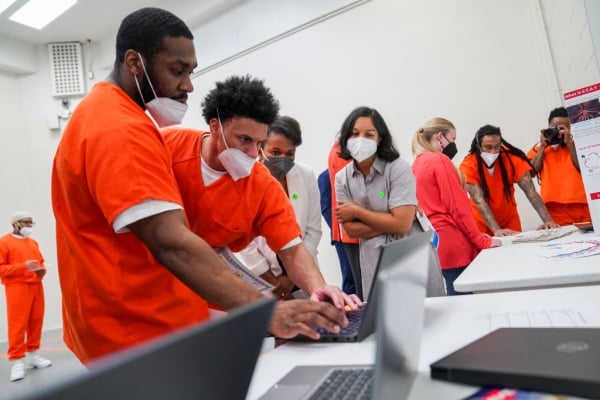It has been over a year since the Pell grant was restored for incarcerated individuals seeking higher education. This marks a significant turning point in the state of higher education in prisons, as it opens up doors for many individuals who previously had limited access to educational opportunities.
The Pell grant restoration was a long-awaited change that has had a profound impact on the lives of incarcerated individuals. Prior to the restoration, access to higher education in prisons was severely limited due to financial constraints. Without access to federal financial aid, many incarcerated individuals were unable to afford college courses and were left with few options for advancing their education while behind bars.
The restoration of the Pell grant has changed that. With the financial support provided by the grant, incarcerated individuals now have the opportunity to pursue higher education and work towards earning a degree while in prison. This not only provides individuals with a sense of purpose and direction during their time in prison but also equips them with valuable skills and knowledge that can help them succeed upon reentry into society.
Additionally, higher education has been proven to reduce recidivism rates and increase the likelihood of successful reintegration into society. Studies have shown that individuals who participate in educational programs while incarcerated are less likely to reoffend upon release, as they are better equipped to find stable employment and contribute positively to their communities.
Despite the positive impact of the Pell grant restoration, there are still challenges that need to be addressed in order to fully maximize the potential of higher education in prisons. One of the biggest challenges is the lack of resources and support for educational programs within correctional facilities. Many prisons lack the necessary infrastructure and staffing to support a robust higher education program, which can hinder the success of incarcerated individuals seeking to further their education.
Additionally, there is a need for increased awareness and advocacy for higher education in prisons. Building support for these programs among policymakers, correctional officials, and the public is crucial to ensure their continued success and sustainability. By highlighting the benefits of higher education in prisons and advocating for increased funding and resources, we can work towards creating a more equitable and just system of education for all individuals, regardless of their incarceration status.
In conclusion, the restoration of the Pell grant for incarcerated individuals seeking higher education marks an important milestone in the state of higher education in prisons. It provides opportunities for personal growth, skill development, and successful reentry into society. However, there is still work to be done to fully realize the potential of higher education in prisons. By addressing the challenges and advocating for increased support, we can create a more inclusive and effective system of education for all individuals, both inside and outside of prison walls.


